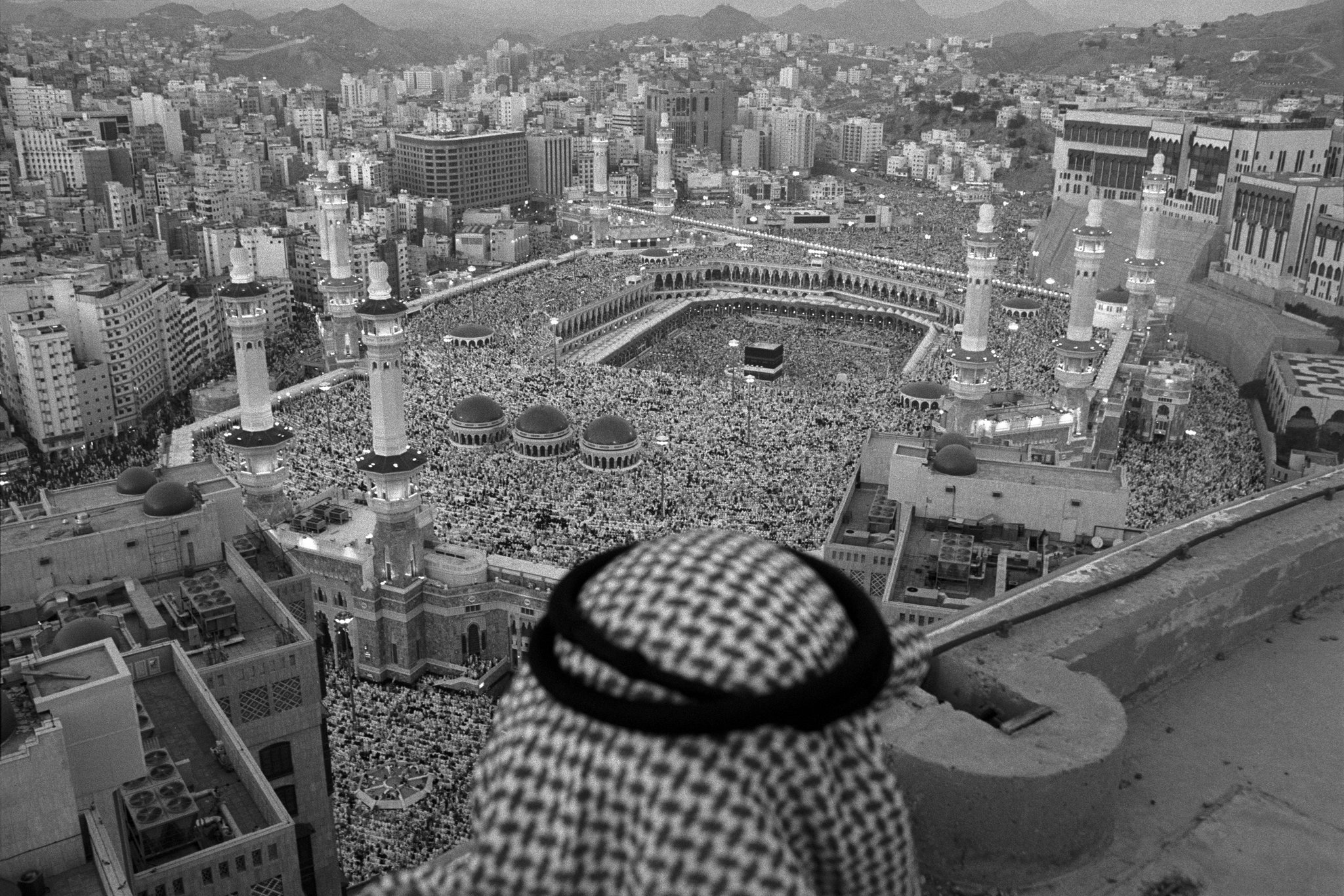Many socio-religious reforms and movements have already emerged among Muslims. Some of them are purely political such as those involved in changing the types of governments regardless of whether or not a preference for a particular type of government exists. Some others are purely religious and their concern is only reform in religious and ideological content.
Yet, others have been religious and socio-political such as the Islamic Revolution in Iran. These types of movements cannot be regarded as mere reformist movements as they have affected all aspects of life—religious, personal, social, etc. Indeed, the very word “revolution” is the best label for these kinds of movements.
In reply to the question being posed, it must be said that the truth of the matter is that Wahhabism is merely a political movement that emerged within a religious-ideological framework, and it has brought about a particular social outcome. Of course, the final view must be expressed by social and political scientists.
Wahhabism has been labeled with many various names among which is the appellation, ” Salafiyyah”. This name is used because they believe that for the reformation of their religion and beliefs, the present Muslims must go back to the early period of Islam (”salaf” means the past or preceding one).
Ibn Taymiyyah has introduced the issue of ”salaf” and his statements are a source of Wahhabi doctrines.
By “Wahhabism” it means that Shaykh Muhammad ibn ’Abd al-Wahhab must be followed in socio political and religious issues because he has taught his followers the way to reform religion and society.
The members of these two sects, Wahhabism and Salafism, are followers of the madhhab {school of thought} of Ahmad ibn Hanbal. This group can also be called the ” Zahiriyyah” because in interpreting the passages of the Qur’an and traditions, they content themselves with the outward {zahir} content of the texts. For example, when the Qur’an says:
﴿ وَجَاءَ رَبُّك وَالْمَلَك صفًّا صفًّا﴾
And Your Lord and the angels arrive in ranks.
They interpret it as saying that God will also arrive on the Day of Resurrection in such a way that the people can see Him!
Source:
A New Analysis of Wahhabi Doctrines
By: Muhammad Husayn Ibrahimi
ABWA Publishing and Printing Center
[P 4-5].

